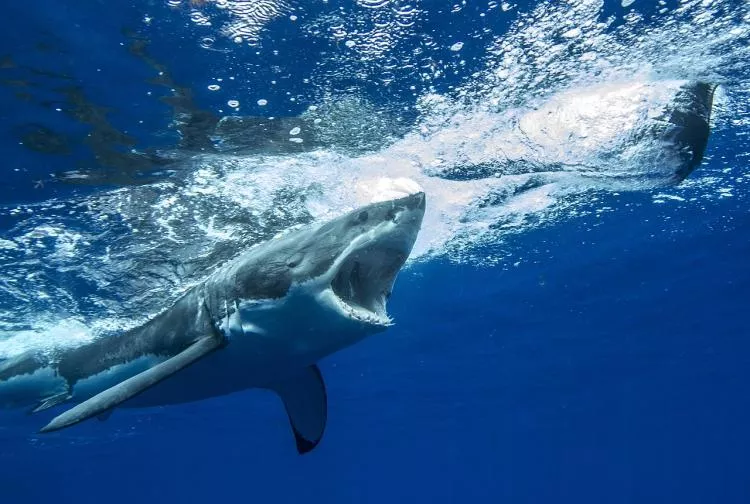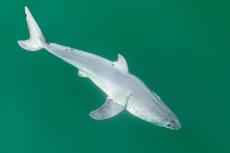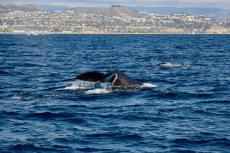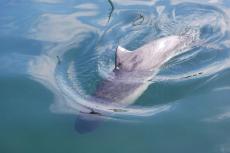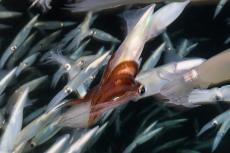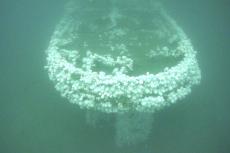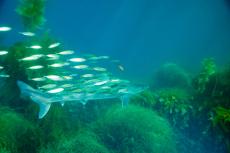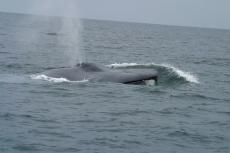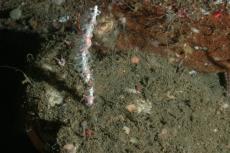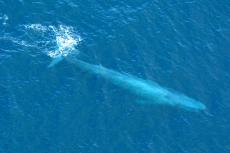White Shark Behaviour Marked by Flexibility
Researchers embarked on a quest to learn whether great white sharks exhibit varying behaviours depending on their environment or use the same behaviour regardless of location. What they found was a remarkable adaptability which is tailored to their current environment.
Photographer, source or credit
Spearheaded by Dr. Oliver Jewell, the research sheds light on the dynamic interplay between white sharks and their surroundings. The study was published in the journal Ecosphere, and marks a significant milestone in the Monterey Bay Aquarium's "Project White Shark."
The research
A total of 21 white sharks including small juveniles and large adults were outfitted with motion-sensitive bio-logging tags along the rugged California coastline, spanning diverse environments including offshore islands, coastal headlands, and an inshore embayment.Varying strategies
The findings illuminate a striking array of movement characteristics exhibited by the great sharks. Among the most notable revelations was the contrast in movement across different seascapes, with juvenile sharks exhibiting a particularly distinct set of behaviours.Young white sharks
Juvenile sharks, found exclusively in the tranquil confines of the inshore cove, remained close to shore. They traversed smaller areas with shallower depth ranges. In contrast, the adults exhibited a varied repertoire of movement patterns, ranging from tortuous daytime trajectories to linear nighttime swims, depending on the landscape they inhabited. The study uncovered a correlation between the sharks' movements and the availability of prey, with varying demographics of pinniped prey influencing the behaviour of subadult and adult sharks, while juvenile sharks focused their attention on catching fish.The importance of the findings
The research underscores the adaptability of white sharks, and highlights their ability to tailor their movements to suit the unique characteristics of their foraging habitats. As concerns about the conservation of marine ecosystems continue to mount, understanding the intricacies of apex predator behaviour is more crucial than ever. Through studies like this, researchers endeavour to unravel the mysteries of the ocean’s inhabitants, paving the way for informed conservation efforts and ensuring the preservation of these majestic creatures for generations to come.Sources
Diverse habitats shape the movement ecology of a top marine predator, the white shark Carcharodon carcharias
References and further reading


